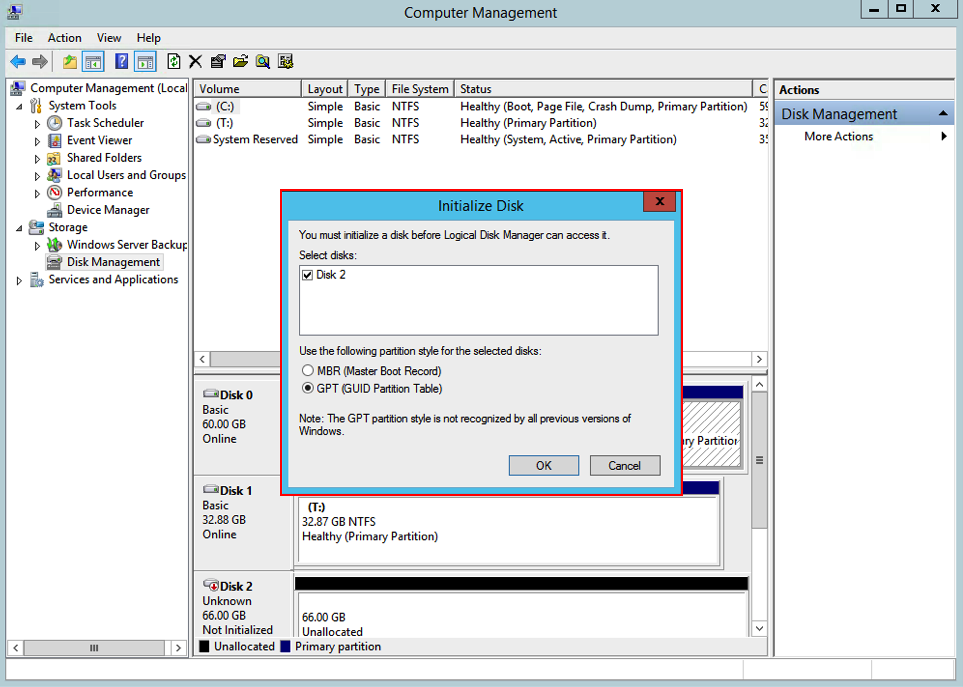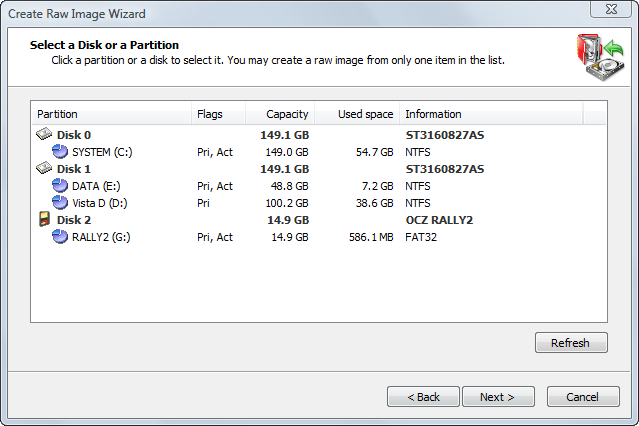

- #RAW DISK IMAGE CREATOR HOW TO#
- #RAW DISK IMAGE CREATOR UPDATE#
- #RAW DISK IMAGE CREATOR FULL#
- #RAW DISK IMAGE CREATOR FREE#
#RAW DISK IMAGE CREATOR UPDATE#
You’ll want to update this file as apporpriate, deleting any entries you aren’t going to use (the boot partition, for instance). The /etc/fstab file will have placeholder entries for the root, boot, and swap devices.

If you choose to use a Gentoo tarball, first extract it into your mounted image. They’re essentially an almost bootable and fairly minimal Linux installation and are available for a number of architectures.
#RAW DISK IMAGE CREATOR FREE#
You’re free to use whatever files you want, but the gem5 developers have found that Gentoo stage3 tarballs are a great starting point. Now that you can create an image file and mount it’s file system, you’ll want to actually put some files in it. To mount a file system on your image file, first find a loopback device and attach it to your image with an appropriate offset as will be described further in the Formatting section. You can use the “init” option with gem5img.py to create an empty image, “new”, “partition”, or “format” to perform those parts of init independently, and “mount” or “umount” to mount or unmount an existing image. You should never run commands as the root user that you don’t understand! You should look at the file util/gem5img.py and ensure that it isn’t going to do anything malicious to your computer! Running gem5img.py may require you to enter the sudo password. If you want to understand the guts of what it’s doing see below. However, in this mehtod, we are using gem5img.py script to go through the process of building and formatting an image.
#RAW DISK IMAGE CREATOR HOW TO#
It’s a good idea to understand how to build an image in case something goes wrong or you need to do something in an unusual way. util/gem5img.py script provided with gem5 to build the disk image. Video resolution can be set to 1080 Creating an empty image 1) Using gem5 utils to create a disk imageĪ youtube video of working with image files using qemu on Ubuntu 12.04 64bit.

Next, we will discuss each of these methods one by one.

In full-system mode, gem5 relies on a disk image with an installed operating system to run simulations.Ī disk device in gem5 gets its initial contents from disk image.
#RAW DISK IMAGE CREATOR FULL#
Edit this page last edited: 19:05:40 +0000Ĭreating disk images for full system mode


 0 kommentar(er)
0 kommentar(er)
